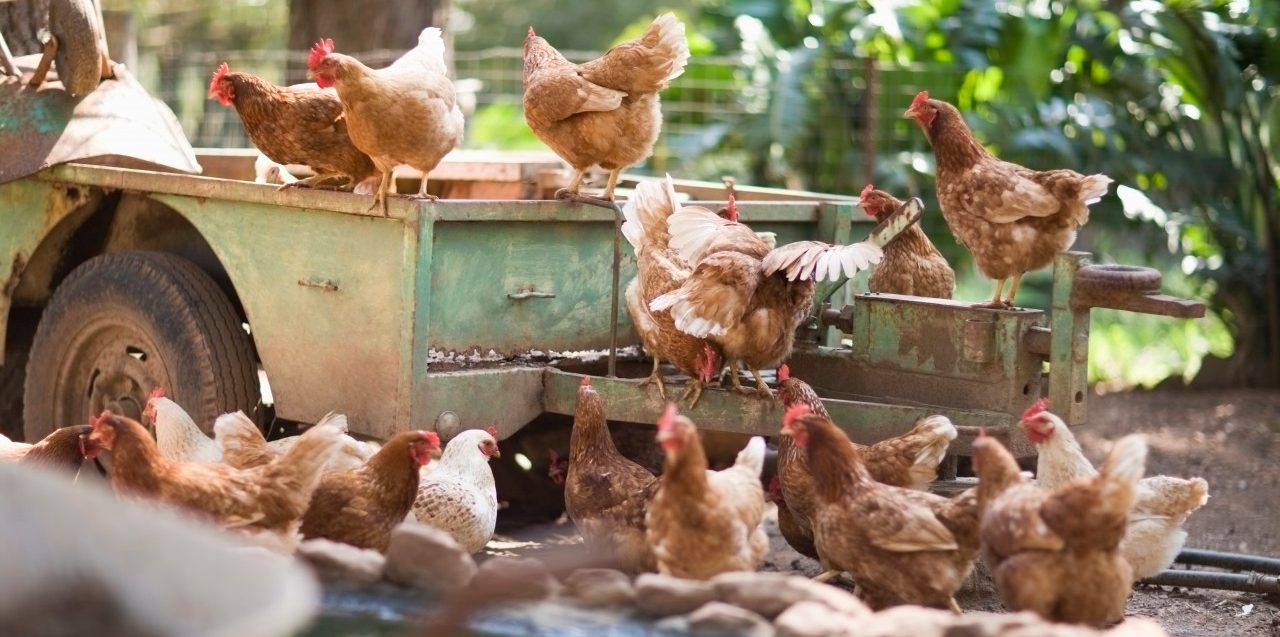Should You Worry About Bird Flu?

A new bird flu strain has now appeared in humans. Your best bet to avoid the virus is to stay away from wild birds and their droppings.
Around the world, hundreds of people have been infected with a kind of flu carried by birds called “H5N1.” Recently the first case in the United States appeared, in a man who was killing infected chickens. In China, officials reported an infection in a 4-year-old with a different bird flu strain, H3N8, which previously had been detected in horses, dogs, and even seals. The little boy lived on a farm and frequently came into contact with chickens.
Don’t panic. It’s true that when animal diseases infect humans, they can adapt in ways that can make them spread quickly. But new kinds of flu crop up regularly among birds, and their viruses do not normally infect us.
YOU MIGHT ALSO LIKE: What Is Coronavirus (COVID-19)?
This year, H5N1 viruses have been detected in U.S. wild birds and in commercial and backyard poultry across the country, according to the U.S. Department of Agriculture. The Centers for Disease Control and Prevention (CDC) “believes that the risk to the general public’s health from current H5N1 bird flu viruses is low; however, some people may have job-related or recreational exposures to birds that put them at higher risk of infection. CDC is watching this situation closely and taking routine preparedness and prevention measures in case this virus changes to pose a greater human health risk.”
As the weather warms, fewer birds will be infected because the ultraviolet light in sunshine kills this kind of virus.
In Iowa, one of the worst-hit states, more than 5 million birds died at an egg-laying facility in Osceola, according to the U.S. Department of Agriculture, and millions more have been killed to prevent infection from spreading.
Bird flu isn’t a special risk if you buy chicken or eggs. Proper handling and heating food to an internal temperature of 165˚ F kills any bacteria and viruses present — including any bird viruses.
The real concern is inflation for poultry products and supply shortages, as farmers are forced to kill birds.
What is H5N1?
The early forms of the H5N1 bird flu viruses emerged in southern China in 1996. They led to large poultry outbreaks in Hong Kong in 1997, and 18 human infections. The bird outbreak was controlled, but H5N1 bird flu viruses re-surfaced in 2003 to spread widely in birds throughout Asia, and later in Africa, Europe, and the Middle East, again causing poultry outbreaks and sporadic human infections.
Related H5N1 bird flu viruses emerged in wild birds and poultry in the U.S. and Canada during 2014 and 2015, causing large poultry outbreaks, but then they disappeared.
Since 2003, the World Health Organization has received reports from 19 countries of more than 860 human infections with H5N1 bird flu viruses. More than half of those infected people died.
How to protect yourself from bird flu
Past human infections with bird flus arose in people who had direct or close contact with infected poultry. It’s possible that the latest strains will mutate to become transmissible from one person to another. One way that could happen is if the bird virus infects a human via a bird and that human harbors a contagious human virus simultaneously. The two viruses could, in effect, combine forces.
Your best protection is to observe wild birds only from a distance and stay away from any poultry that appear ill or have died. Also, steer clear of areas that appear to be contaminated with feces from wild or domestic birds.
If you do suspect you may have been near a contaminated bird, wash your hands and watch out for conjunctivitis, or flu-like symptoms; you might also see a doctor about taking influenza antiviral drugs preventatively.
Updated:
June 23, 2022
Reviewed By:
Christopher Nystuen, MD, MBA and Janet O'Dell, RN